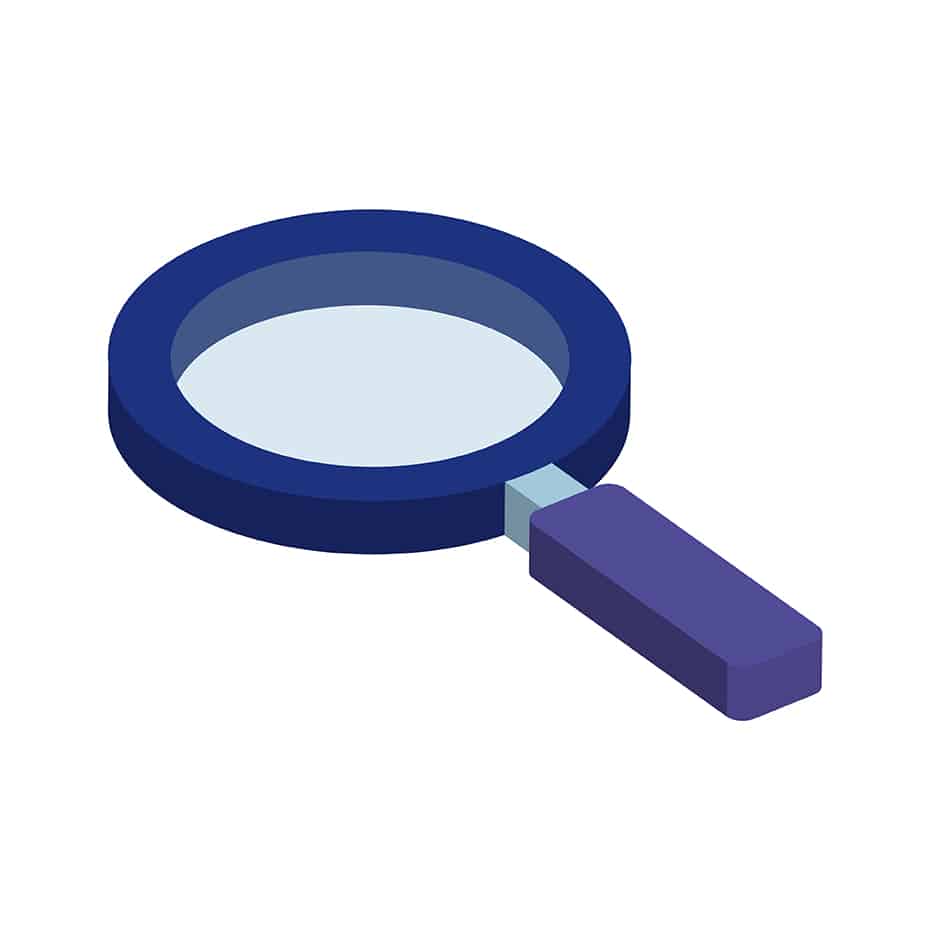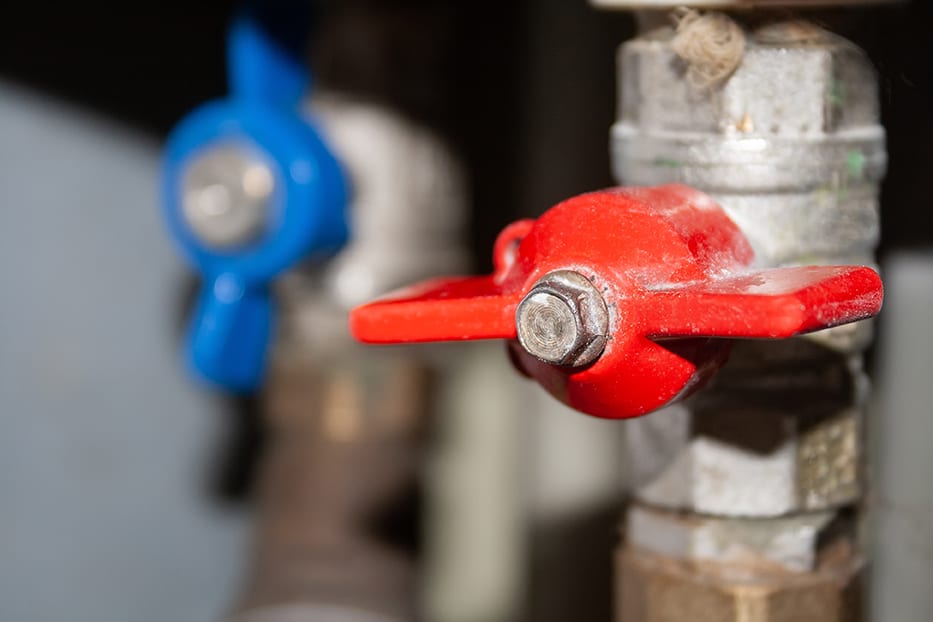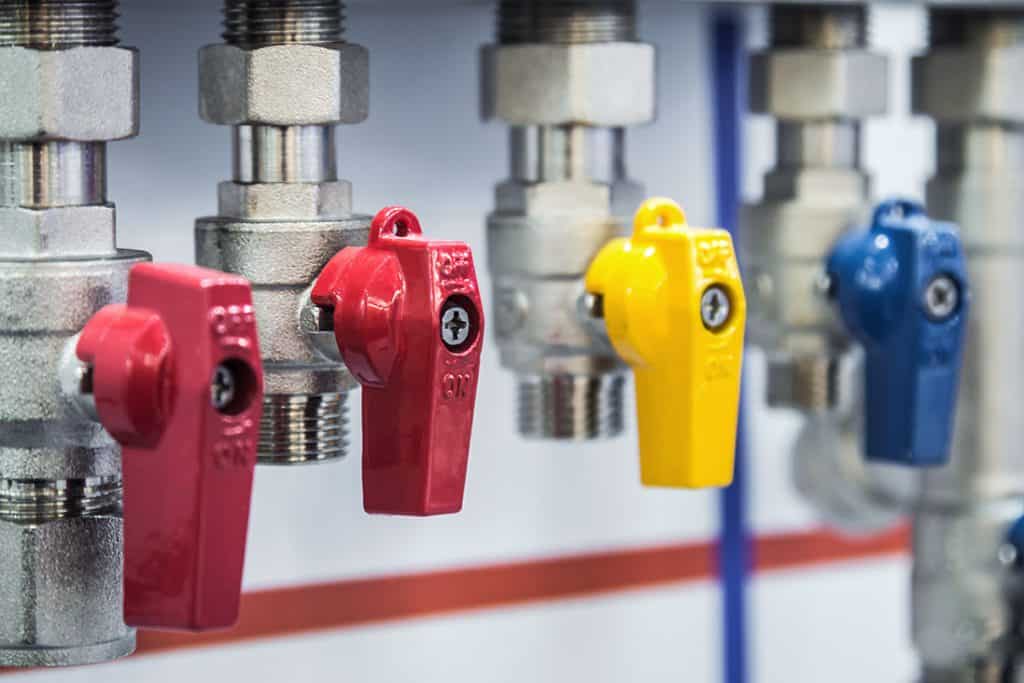
Table of Contents
A stopcock is a valve that can turn off the supply of water to a building. They are most often found in showers and outside taps (or hose-bibs) but may also be used to isolate parts of a plumbing system for maintenance, or as an emergency action when there is too much pressure.

In specific areas, the stopcock is usually found in different locations. For example, the stopcock can be located outside a home or flat and inside, depending on who owns the building.
We asked Jamie from PlumbGuardian to go through some locations where you may find your stopcock. He Said "On the exterior of multi-unit dwellings there will typically be one hydrant per dwelling unit, and it would be required by law to have a shut-off for every dwelling. In a long-term care facility, the water supply might be turned off during some periods of the day to conserve water."
He also added "In a home or flat, there would most likely be one stopcock per unit-for example, in a block of flats with three flats on each floor there would probably be three stopcocks in the basement. Outside these types of structures, there are usually two stopcocks: one for the building and one for each hose-bib." Thanks, Jamie!
The location of these valves may or may not be well-marked. The person looking for it might have to search around the area where the water comes into the building before they find it, especially if no maintenance has been done on the building.
In a home or flat, there will typically be one hydrant per dwelling unit, and it would be required by law to have a shut-off for every dwelling. In a long-term care facility, the water supply might be turned off during some periods of the day to conserve water. Outside these types of structures, there are usually two stopcocks: one for the building and one for each hose-bib.

1. Metal: It is made up of metal, and it has a stopcock head that turns to turn it on and off. This type can corrode easily because of the harsh water conditions they are exposed to, but they also have the longest life expectancy. They are mostly used in industrial settings or under highly corrosive conditions.
2. Plastic/fibreglass: This type of stopcock is usually used in commercial applications or high water pressure areas, because it can be broken easily.
3. Bronze: It's made up of bronze, and it has a handle that turns to turn it on and off. This type does not corrode easily, but the downside is that it's more expensive. This type is mostly used in commercial settings or highly corrosive conditions.
4. Chlorinated solenoid: It has a plastic cover, and it is strong enough to withstand the water pressure of the area it is located at. It works by using electricity to release the valve, but it does need manual resetting.
5. Manual-hydraulic: It is usually used in industrial settings, because it has to be reset manually. The upside is that it can be easily replaced if something goes wrong with it or the handle breaks. This type has a full metal body and works by using hydraulic force to release the valve.
6. Timer-controlled: It is mostly used in commercial settings, because it has to be reset manually, so this type of stopcock works by using timers that automatically turn off the water for specific periods of time. The downside is that it does need manual resetting.

Outside a home or block of flats, a stopcock is usually found in a common area. In high-rise buildings, they are often located inside the building's main box, which can be accessed from outside by locating the right breaker at the electrical panel. In commercial applications, they would typically be found accessible to certified personnel only. For example, in a school, there would be stopcocks in the boiler room or mechanical room that the school's maintenance personnel have access to.
In conclusion, the stopcock would be found in many places around and outside the home, and it is used to turn off and on water supply. It also comes in many types. It does need to be replaced if something goes wrong with it or the handle breaks, but most stopcock are used in high-rise buildings where certified personnel have access to them.
My stopcock is in the front of my house. Stopcocks are valves that let water through in pipes. Most stopcocks used for "city" water (also called municipal) go straight to the house, but some go underground and connect into a bigger pipe that goes to the street.
Sometimes there is a key needed to turn off the water in the stopcock. The key is usually attached to a string and hung somewhere on the stopcock.
It is unique from any other stopcock, because it has an extra feature: if the water pressure gets too high, and you turn it off, it will reset itself to its default position. You can also tell if someone has been playing with your stopcock by looking at the valve's handle. If it has been shifted to a different position, you know someone was playing with it.
It is made of metal and has a valve handle that can be moved from side to side. In the centre of the top is a small black circle with an arrow pointing in either direction.
On one side of the stopcock there is a black handle and on the other side of the stopcock there is a red handle.
You can tell where the water pressure is by looking at the indicator: if it points to green, then that means your pipes are safe. If it points to yellow or red, then that means you should be careful because there may be too much pressure.
In order to turn off the water supply, you have to pull out the valve from its slot, which happens when you shift the handle in either direction until it is perpendicular with the ground. If a leak were to occur, then all you would have to do is push it back into place. You can tell if a leak has occurred because water will flow out from the side where the black handle is.
To use it as a simple household faucet then all you have to do is push it back into place, and then you can turn on the water supply by pushing down on the red handle; if not, then there is no way for me to access the water because both
Now you know where to look when you ask the question "Where is my stopcock?". While you're here, why not read our articles on what to do when a pipe is leaking behind your wall or, even worse, when you hit a pipe in the wall!